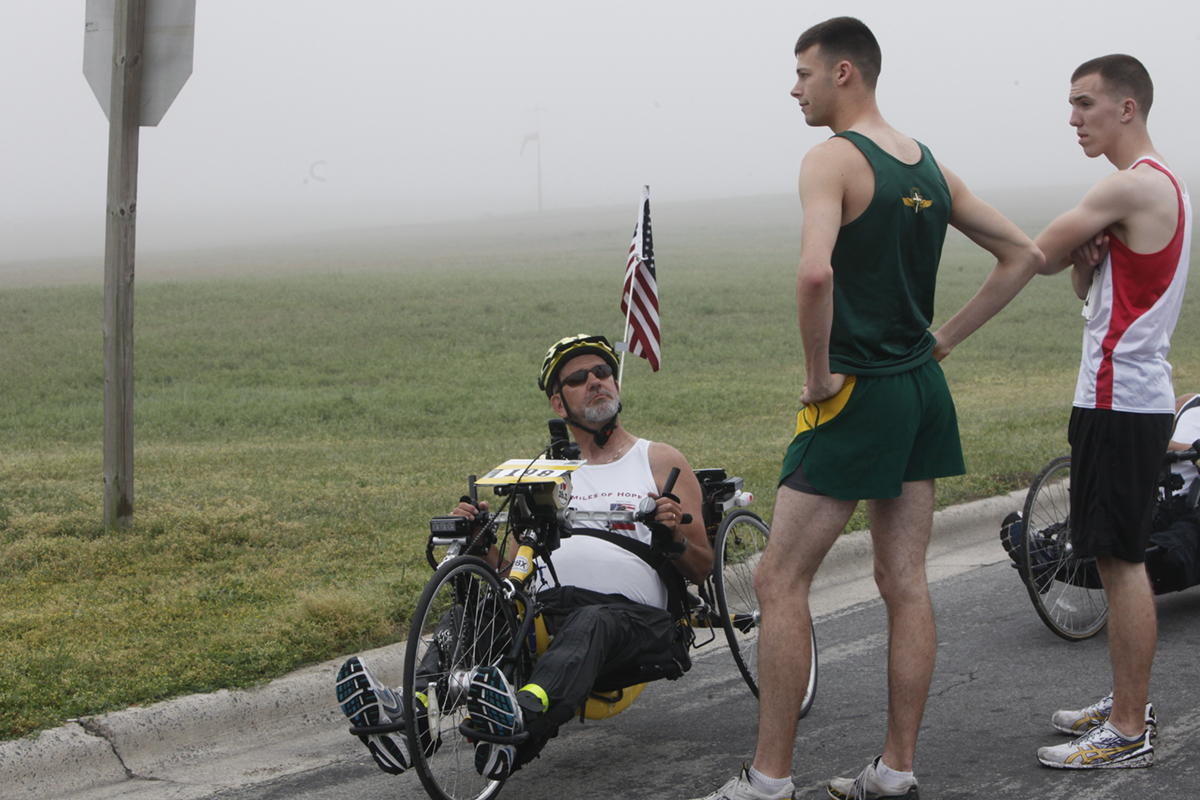
Tetraplegia is a severe form of paralysis affecting all 4 extremities and the torso. Unlike paraplegia when the affected individuals are not capable of moving their legs and lose feeling in these body parts, in tetraplegic people health issues are far more complex. Namely, apart from being unable to move all four extremities and lose feeling in the entire body except for the neck and head, these patients are highly susceptible to a variety of complications that interfere with their life and drastically reduce their lifespan. Not to mention the psychological effect the condition has on each and every patient.
Causes of Tetraplegia
Tetraplegia develops as a consequence of damage to the spinal cord at the of C1-C7 level. Some injuries to the spinal cord are serious and blamed for permanent damage to the organ. As a result, a person partially or completely loses the function of his/her limbs. The very lever determines the extent of damage. For instance, if the spinal cord is injured at C1-4 level, the arms are much more affected than if the injury occurs at the C5-7 level. Nevertheless, each and every patient suffering from tetraplegia has to deal with certain issues regarding moving his/her fingers and sensory function in this part of the body.
There are many causes of tetraplegia. In the majority of cases, however, tetraplegia develops due to some kind of trauma like the one associated with car crash, falls from high rise, sports injuries etc. Furthermore, congenital disorders like spine bifida may be also blamed for the condition. Finally, there are acquired diseases like multiple sclerosis which in the long run cause damage to the spinal cord and may, in some cases, eventually trigger tetraplegia.
Symptoms, Signs and Complications
Such patients have problems when it comes to moving all 4 extremities and they additionally lose inability to feel in these body parts as well in the torso area. Apart from the mentioned there are problems related to bladder and bowel control, sexual function, digestion and breathing. Some of the autonomic functions may be damaged as well. The reduction or complete loss of sensory function is a reason why such individuals cannot feel touch, pain or recognize any kind of stimuli coming from the environment.
The extent of damage and severity of tetraplegia basically depends on the level of the spine at which the injury takes place. If damage is located at the C1-3 level, there is complete paralysis of all limbs. The injury taking place at the C1-2 level is much more severe because such patients may have serious breathing issues and require artificial ventilation. Patients with injury to the C4-5 level experience paralysis below chest level. Many of them may have limited movement in the shoulder area and can even move their arms to certain extent. However, they are not capable of moving their fingers. Finally, in individuals in whom an injury to the spinal cord occurs at the C6-7 level have more strength in their upper extremities compared to people with C4-5 injury and they may be able to slightly move their hands.
As far as complications of tetraplegia are concerned, these are sometimes serious and may be life-threatening. Tetraplegic patients in general require special care and attention because of their susceptibility to additional medical problems. Pressures sores, osteoporosis, fractures, contractures, spasticity, recurrent respiratory infections and complications, deep vein thrombosis are only come of additional conditions these patients have to deal with. One of many serious problems associated with tetraplegia is autonomic dysreflexia, a disorder characterized by disruption of certain body's functions because a stimuli the body receives cannot reach the brain and instead it triggers a whole range of processes like hypertension and similar. Finally, being unable to recognize different stimuli, tetraplegic patients are prone to burns, cuts and other such injuries.Prognosis and Rehabilitation
Prognosis of tetraplegia is not so bright. Urological issues along with pressure sores are frequent problems these patients have. This is the reason why tetraplegic patients require full attention and proper care for the rest of their lives. Today specialized units improve the quality of tetraplegic people lives. What is more, electronic equipment also helps them participate in community life. However, complications of immobility cannot be neglected and are many times blamed for lethal outcome. This particularly refers to respiratory failure, pulmonary embolism, pneumonia and pressure sores.
When it comes to rehabilitation, the goal is to cope with limitation, prevent muscle atrophy, contractures and other potential complications. Apart from exercising with the patients and manipulating their extremities in order to improve circulation and maintain muscle tone, today may physical therapists additionally apply electrical stimulation.
There is also one device called an implantable FNS system. It may help tetraplegic patients use their hands. Similar effects are achieved with tendon transfer, a complex surgery that includes a transfer of some nonessential muscles with preserved nerve function to the shoulder or the arm where they assist in movement of these body parts.


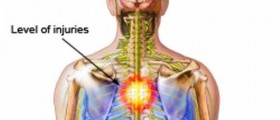
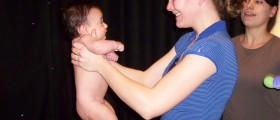
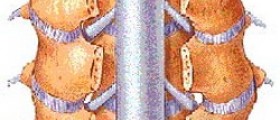

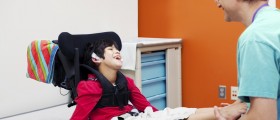
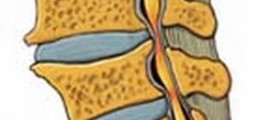
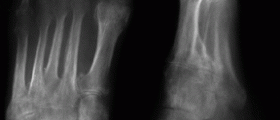
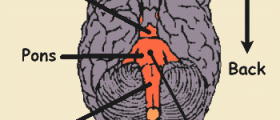

_f_280x120.jpg)

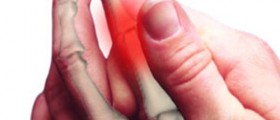
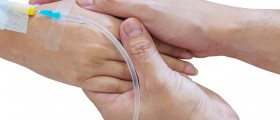

Your thoughts on this
Loading...